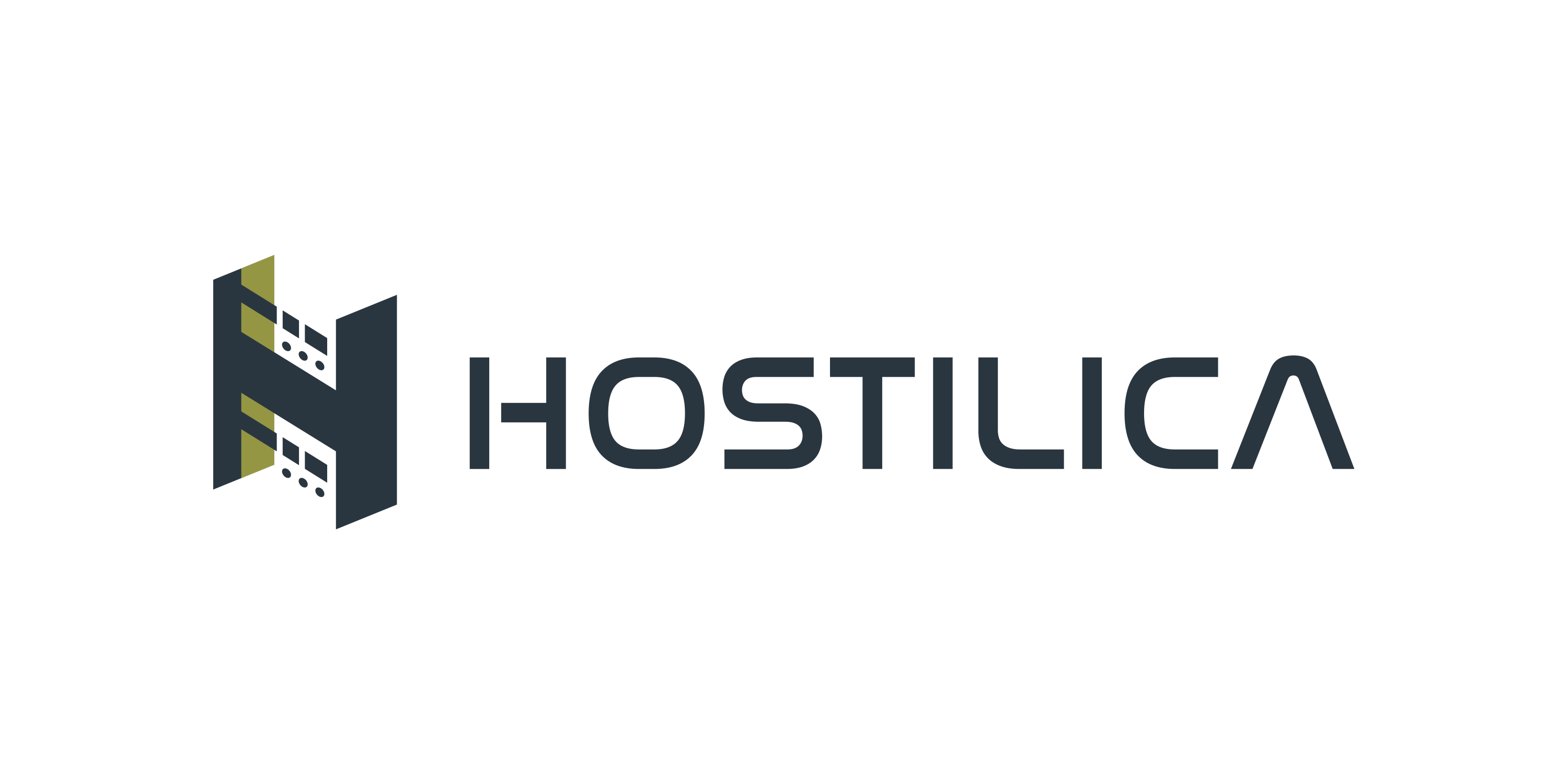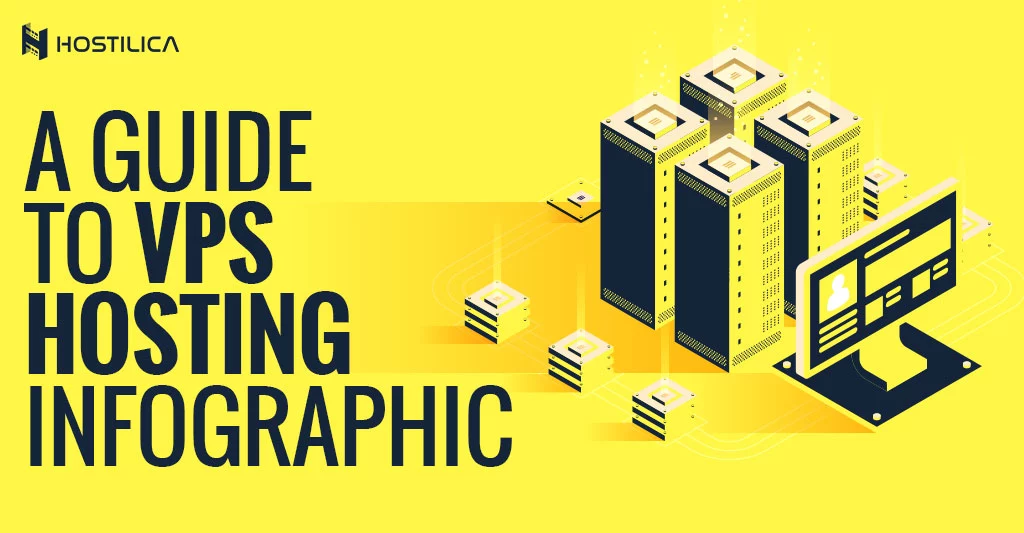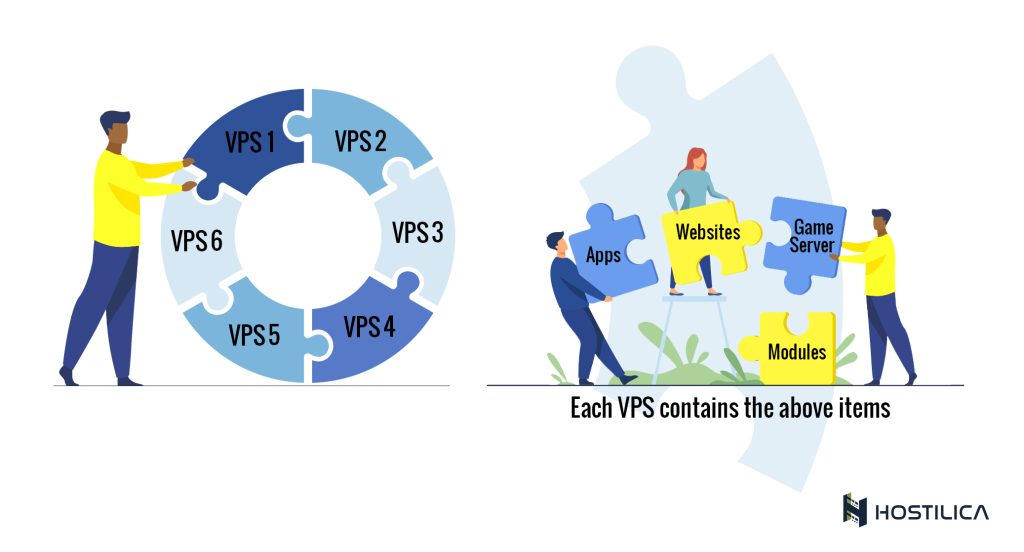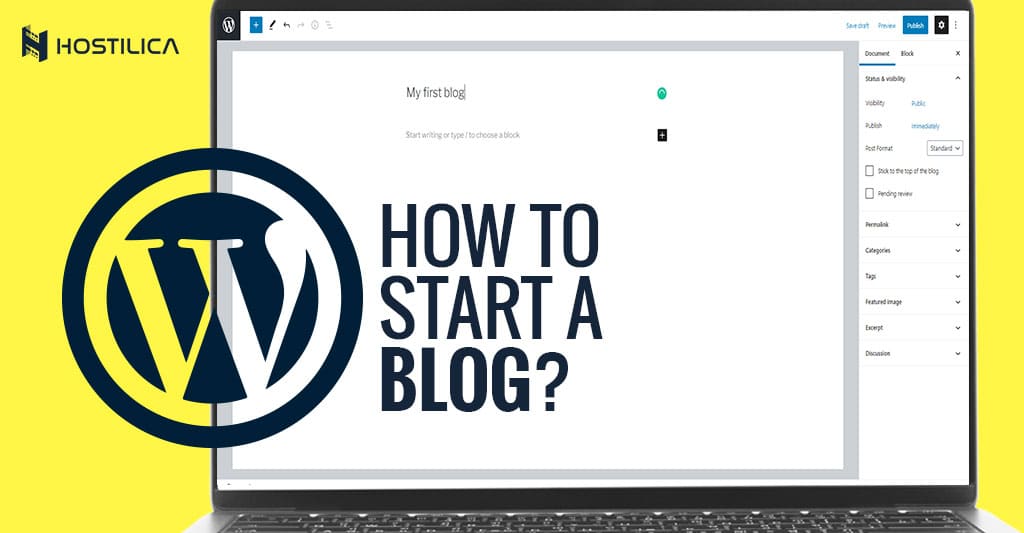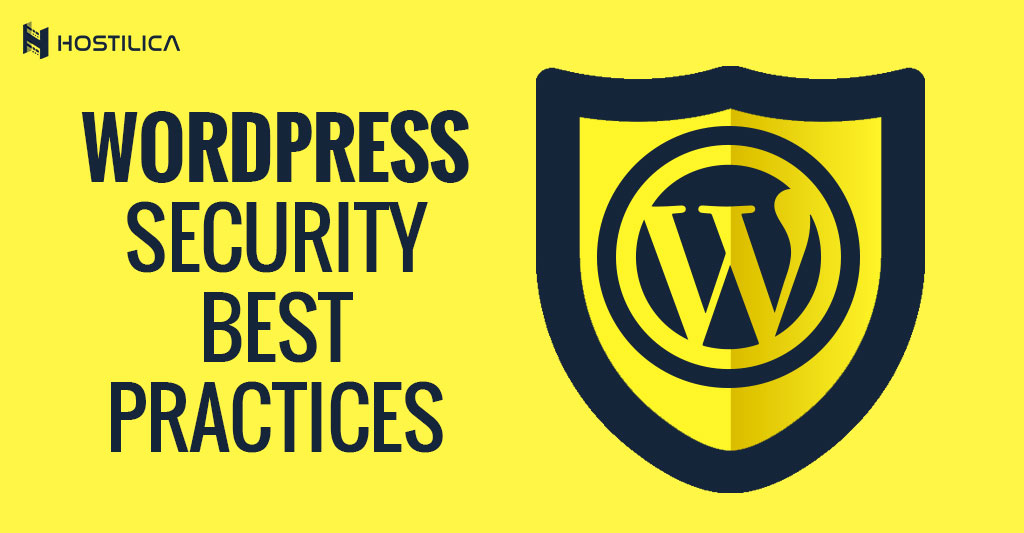Redirects: What They Are and When You Should Use Them
Have you ever noticed that sometimes when you click on one link in your browser, it loads up a different page than you were expecting? This phenomenon is called redirecting, and it happens any time someone types in the URL of one page and ends up getting sent to another page altogether. Many people think about “redirection” as something you do with pages after they’ve been created, but we want to show you how it can be used before you even start building your site so you can set yourself up for success with SEO from day one! We’ll walk you through setting up some redirects so that all those old pages still have value to search engines. We’ll also talk about some advanced uses for redirects, like adding them to .htaccess files and using 301 vs 302 status codes. Understanding SEO and Redirects SEO, or Search Engine Optimization, is the process of creating content that is easily found by search engines. The most basic way to get your site seen by search engines is to get links from reputable sites. How does this work? It’s when someone out on the internet points their link at a website and tells their readers, “Hey, check out these pages, guys!” SEO takes the art of getting discovered and turns it into a science. That’s where redirects come in. A redirect is essentially an instruction for a browser to take one path instead of another. Redirects are great for ensuring old pages don’t go away once you’ve made updates. There are lots of reasons why redirects are used, but most redirects occur because there’s been some kind of error, like Xbox app login issues, or something has gone wrong with the page that the user originally loaded. Let’s find out more about redirects through this article. How do redirects fit into SEO? Redirects are an integral part of search engine optimization, as they have a number of important roles that aid in improving your site’s visibility. One of these is ensuring that when someone searches for keywords relevant to your business, you show up first. Imagine how frustrating it would be if every time you searched for custom-designed dresses online, thousands of irrelevant results flooded your screen instead. This is exactly what Google wants to prevent from happening, so they use redirects to check whether there are any duplicate pages on your website before allowing them to appear in search results. Redirects can also help increase traffic to other sections of your site by forwarding users who click on certain links or enter certain URLs. For example, let’s say you own a restaurant and want people who visit your homepage to see photos of food rather than read about upcoming events or promotions. Using a 301 redirect, you can direct all visitors who click on the menu to the food pictures page without having to add extra code to each page individually. This will save you both time and money because not only do 301 redirects save coding time, but they also help keep things uniform throughout your website. Why Redirect at all? Redirects are simple to implement. That simplicity is a good thing, but it also means that you may want to proceed with caution. Before setting up redirects, make sure your site architecture makes sense. Do you really need to direct people from a landing page to an archive page? If so, be careful about how you do it (more on that below). Redirecting visitors should improve their experience—not harm it. If your visitors aren’t sure where they’ve landed or don’t find what they’re looking for, then consider whether redirects are really going to help. And if they will, try making adjustments before putting them in place. After all, as easy as redirects are to set up, there’s no reason not to get things right first! So, when should you implement redirects? In most cases, it’s a bad idea to redirect users from one part of your website directly to another unless there’s a very clear relationship between those pages. A common example would be using a redirect loop when creating subpages or archives within your site structure. For instance, let’s say you have a game download catalog, which includes the RIOT game download. You could create a new page for each item by adding /product-1/, /product-2/, etc., to the URL. However, these URLs won’t work without some sort of redirection setup because Google doesn’t recognize URLs like /product-1/. Instead, you could create an index page at /product/ and then add 301 redirects from each individual product subpage back to that main directory URL. This way, your URLs remain clean, and search engines can follow them properly. Some Things to Consider When Using Redirects Just as redirects can be used to help improve user experience, they can also be used to hide links from search engines. There are several ways to accomplish both of these tasks by creating redirect rules in your server’s .htaccess file, but before doing so, it’s important to understand how a web browser behaves when it comes across a link that is broken. A web browser will do three things when it encounters a broken link: It will display an error message (indicated by an x icon), It will usually report a 404 – Not Found error code (since your URL isn’t in their list), and If you have a site map set up, it will follow any other links on your site until it finds one that works or gives up. The first two points above are not something we want happening with our website. We want our users to see no errors, and we don’t want them following any old broken links either. This is where redirects come into play; by using them, we can control what happens when someone clicks on a bad link or mistypes our address in their browser bar. Redirects should only be used if you

